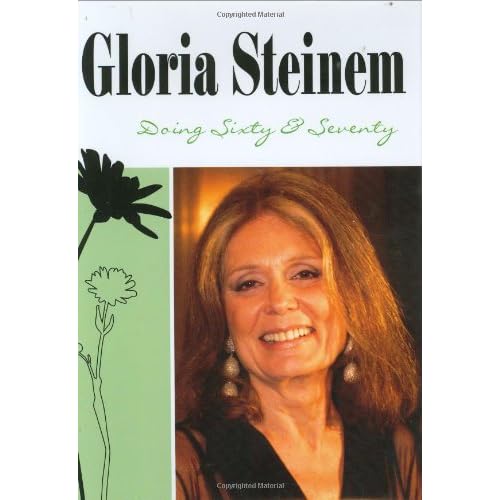What are you supposed to do you do when you’re not raising kids anymore, anyway? The easy answers to that question aren't always very satisfying, as I was reminded today listening to a Wisconsin Public Radio call in show.
The topic was having children late in life. Author Elizabeth George had only positive things to say about the experience. The women she interviewed for her book, Why Women are Embracing the New Motherhood, didn't seem to be encountering any downsides, either.
One gentleman asked about children becoming caregivers at a younger age. Not a problem, George replied. People are healthier now. And they have better financial plans.
Well. Maybe. Let's hope.
Then caller Molly from Baraboo threw both George and host Joy Cardin off balance with a question about the developmental tasks of aging. The conversation, which I’m recreating loosely from memory, went something like this:
“I had my child at age 39 and then had an early menopause. We thought about having another child but by that time, I found I wasn’t really all that interested in children. I’d heard that you change after menopause, that you are ready start to begin a new life, and I felt like that was happening to me. I was ready to do that, but I couldn’t because I had a three year old. Do other people have that experience?”
You could hear the author frowning. “What do you mean about differences after menopause and being older? Do you mean retirement?”
Host Cardin jumped in and offered some other suggestions for what women do in that “next stage” of life: traveling around the world and self-improving. Lots and lots of self-improving. (Apparently she's not old enough yet to discover that sometimes that's an exercise in futility, not to mention boredom.)
“But with only one child, you can travel around the world easily enough anyway,” said George. The awkward conversation ended with an uneasy dismissal suggesting that Molly’s case might be interesting but didn’t really apply to others: “Early menopause is an anomaly,” George concluded.
Actually, it’s not. But besides that, I was stunned by the lack of vision of what it might mean to be in the world after menopause, after children.
As an older mom, I knew exactly what Molly was talking about. My friend Kathleen, also an older mom, used to say, “I’d be standing at the refrigerator, my mind drifting off on lofty and spiritual thoughts, thinking about God and peace and ways to save the world, and when that little hand tugged my shirt and asked where the juice was, it took me a few seconds to come back to earth.”
There’s a lot more out there than recreation and holding the line against a widening waistline. Apparently George and Cardin have never heard of the Grandmother Hypothesis. This intriguing idea says that postmenopausal grandmothers (and older men, too) created culture, if not the human race, by helping younger people nurture their children. This not only meant more calories in the family pot, which meant more children surviving, but it meant that everyone had more time to do interesting things like carve spoon handles, compose songs, and create political intrigue.
Time spent lingering in the sun at a table in Turino sounds lovely. But now that my babies are heading for college, I need to add calories in the form of money to both their pot and my own retirement one.
I’m also looking forward to writing books, getting a promotion, and saving some little corner of the world
There’s so much to do, and almost all of it interesting. Even necessary. . .
What are your thoughts about life between kids and the grave? How do you see changes in reproductive norms affecting aging and aging populations?










